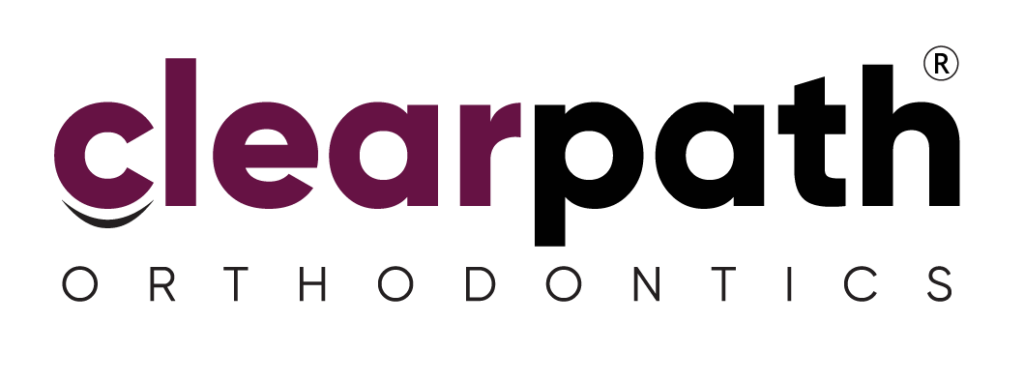Riding the Global
Clear Aligner Wave to 2030 Success
Global Clear Aligner Market: Projected Boom by 2030
How Big is the Global Clear Aligner Market?
The global clear aligner market is experiencing rapid, record-breaking growth. Valued at USD 6.5 billion in 2024, it is projected to surge to over USD 32 billion by 2030, according to industry research. This exponential rise is fueled by evolving consumer demand, dental technology innovation, and increased awareness of orthodontic solutions beyond traditional braces.
At ClearPath Orthodontics, we recognize this boom as a reflection of shifting global priorities toward comfort, aesthetics, and digital-first healthcare experiences.
What’s Driving Clear Aligners Market Growth?
Rising Demand & Technology Innovations
The clear aligners market growth is fueled by a variety of socioeconomic and clinical trends, including:
-
Increasing demand for aesthetic dental solutions
-
Rising adult orthodontic adoption
-
Advancements in 3D imaging, CAD/CAM, and digital treatment planning
-
Direct-to-consumer orthodontics and teleorthodontic platforms
-
Global rise in disposable income and awareness of oral health
These factors are driving a strong compound annual growth rate (CAGR), placing clear aligners at the forefront of global dental care.
Regional Market Forecasts
Market share by region reveals fascinating dynamics:
-
North America currently dominates with 54% of the market share, driven by Invisalign’s early leadership and strong healthcare spending.
-
Asia-Pacific is the fastest-growing region, expected to grow at a CAGR of 30%+. Increasing urbanization, better access to dental care, and youth-driven demand in countries like India and China are key contributors.
-
Middle East & Africa and Latin America are emerging regions, with growth led by rising cosmetic dental trends and social media influence.
In Pakistan, awareness of aligner-based orthodontics is rapidly increasing, especially in urban hubs like Lahore, where ClearPath leads the digital transformation.
Forecasts & CAGR to 2030
Between 2025 and 2030, the global clear aligner market is expected to grow at a CAGR of approximately 31.3%, reaching:
USD 32 billion by 2030 (Source: Fortune Business Insights)
Alternate estimates range between USD 17–30 billion, depending on region, regulatory factors, and D2C adoption.
This growth positions the clear aligner segment as one of the most dynamic niches in dental healthcare.
Top Trends in the Market
3D‑Printing, AI & Digital Workflow
The clear aligners industry is being reshaped by digital innovations:
-
AI-based treatment planning ensures faster, more precise movements.
-
CAD/CAM design and 3D printing streamline in-house production of aligners.
-
Digital intraoral scanning replaces messy impressions.
-
Remote monitoring and teleorthodontics provide convenience and efficiency.
ClearPath Orthodontics has adopted these trends at the local level, offering in-Lahore production with global-level innovation.
Adult & Teen Adoption
Contrary to the assumption that orthodontics is for teenagers, adults now make up 59% of clear aligner patients globally. However, the teen segment is growing faster, thanks to social media visibility, peer influence, and greater acceptance of removable orthodontic appliances.
At ClearPath, we see both demographics actively engaging with our services — driven by personalized, comfortable, and discreet aligner experiences.
How ClearPath Orthodontics Aligns with the Boom
Lahore-Based Expertise in a Global Surge
ClearPath Orthodontics is proud to be Pakistan’s most advanced clear aligner manufacturer, offering a full digital workflow from scanning to aligner delivery.
We serve a growing patient base across Pakistan and MENA, combining:
Local accessibility with global-grade FDA-certified quality
Expert orthodontist oversight with tech-enabled convenience
A commitment to safe, accurate, and affordable treatment
Visit clearpathortho.com to explore how we blend global innovation with local trust.
Competitive Advantage through Quality & Monitoring
What sets ClearPath apart in this competitive market?
Professionally supervised care — not mail-order kits
Remote progress tracking via doctor dashboards
Custom aligner refinements based on real-time outcomes
In-clinic support for complex cases
In a market flooded with generic solutions, ClearPath’s clinical precision and hands-on service model offer the assurance patients seek.
What to Expect by 2030 in Pakistan & the Global Market
As the global clear aligner market grows, these key shifts are expected by 2030:
Expansion of teleorthodontics – hybrid models combining in-person and digital care
Proliferation of lab-made local aligners – faster delivery, lower costs
Wider insurance and financing adoption
Consumer-driven growth – social media, influencer marketing, and real patient stories
For Pakistan, this means greater access to safe orthodontic options and a broader base of digitally savvy patients seeking alternatives to braces. ClearPath is ready to meet this demand with innovation and integrity.
Ready to Be Part of the Future?
The clear aligner industry is no longer a niche — it’s the future of orthodontics. Whether you’re a patient exploring modern options or a provider seeking cutting-edge tools, the moment to act is now.
👉 Interested in aligning your smile with the future of orthodontics? Book a consultation with ClearPath Orthodontics today.
FAQs
How big is the clear aligner market?
The global clear aligner market is valued at USD 6.5 billion in 2024, and projected to reach USD 32 billion by 2030, with a CAGR of ~31%.
What’s the CAGR of clear aligner market 2025–30?
The projected compound annual growth rate (CAGR) between 2025 and 2030 is approximately 31.3%, with the Asia-Pacific region growing fastest.
What trends are fueling global clear aligners market?
Key trends include 3D printing, AI-based orthodontics, adult adoption, and teleorthodontics. Aesthetic preferences and digital convenience drive global demand.
